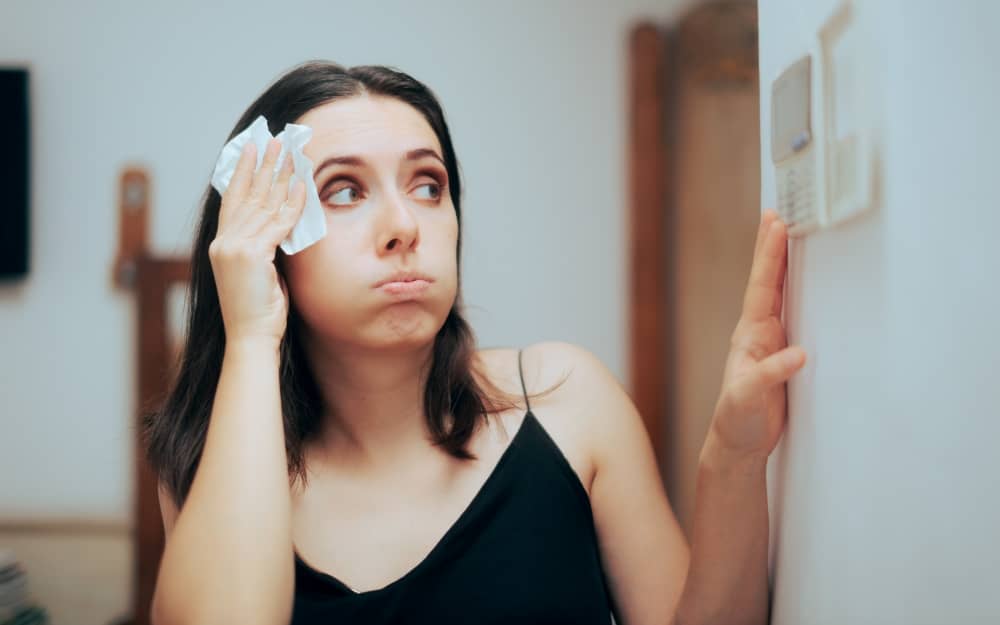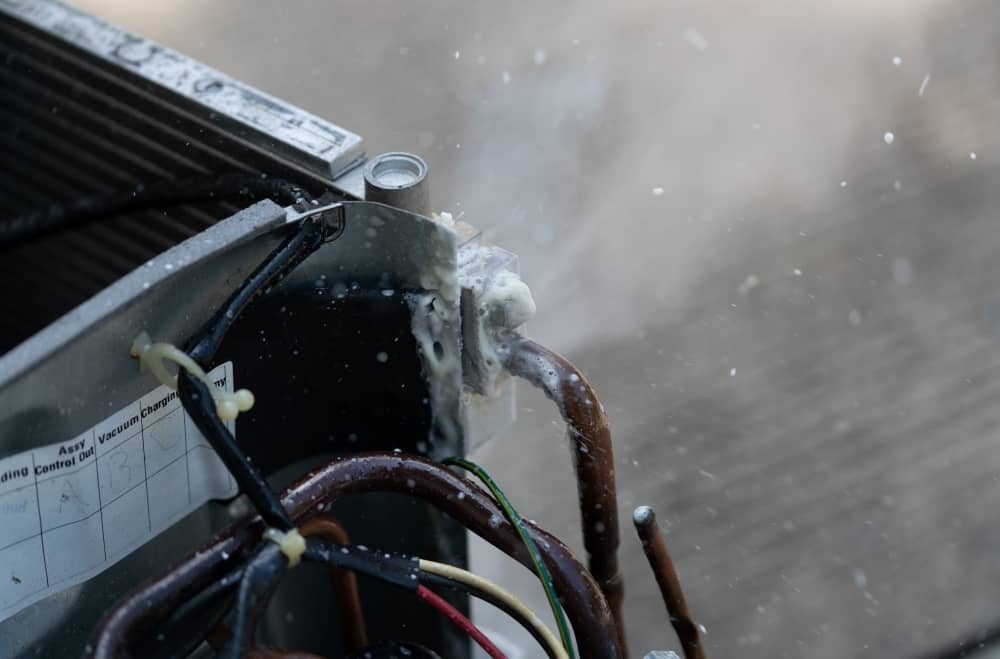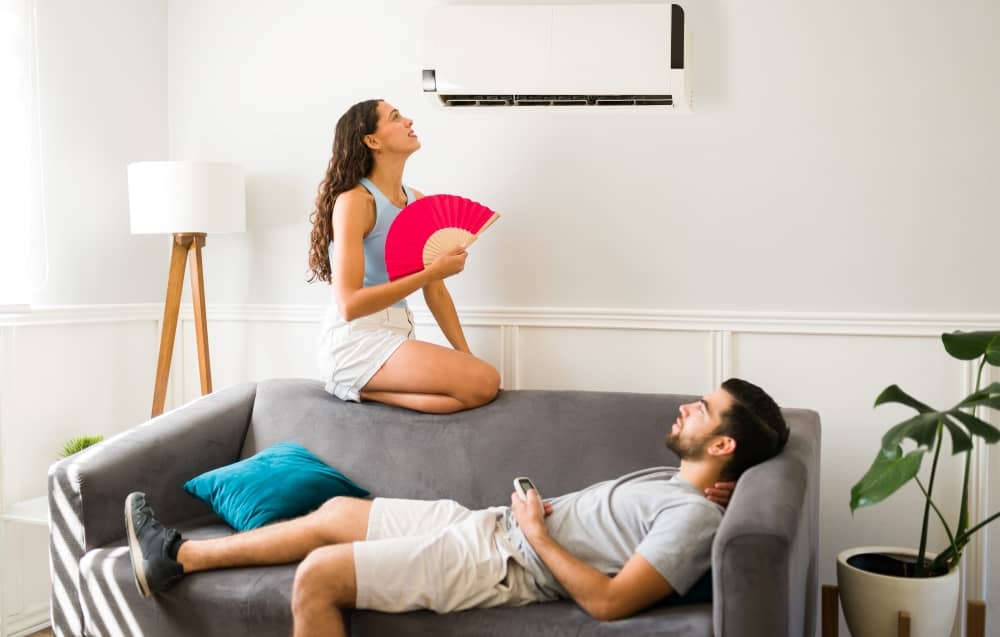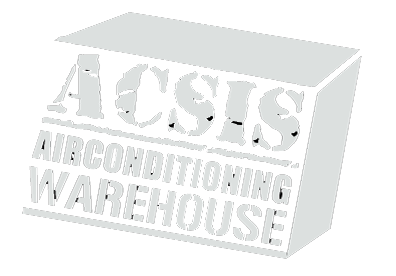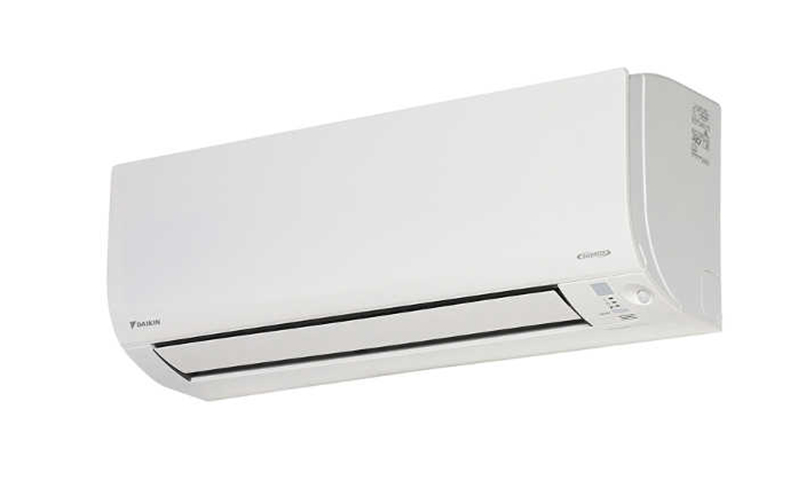The last thing you want in a sudden heatwave is to find out that your air conditioner isn’t cooling. However, many aspects of aircon maintenance are often neglected, and just as many potential reasons for your aircon not cooling.
Identifying the issue is half the battle. That is why we’ve put together a list of the most common reasons for a unit’s efficiency to decrease.
1. Debris in the Filter
A clean filter makes an air conditioner operate at its best. The air goes through the filter to separate clean air from dust, dirt, dander, and debris. It slows down when an air conditioner has a clogged filter. The filter cannot trap floating particles because it blocks new air from coming through. A clogged filter also overheats the motor and blows collected dust back into the air. Overheating destroys an aircon, and inhaling dust and dander can cause allergies and asthma.
2. Contaminants Blocking the Condenser
If a clogged filter isn’t the issue, it could be another filter. A condenser captures, cleans, and cools the air from the outside and brings it inside your room. Unlike the filter on the inside, the condenser is on the outside.
The outdoor unit will not blow air if it is blocked by contaminants. When the aircon doesn’t work effectively, the condenser is operating through the dirt, forcing it to work much harder. Eventually, this will cause the condenser to fail.
3. Faulty Thermostat
Your air conditioner may connect to a thermostat. If so, go to the thermostat and examine it. You should be able to touch or press buttons to adjust the temperature and decide where the cool air goes. If the settings change, it may be because of an accidental bump, a draining battery, or a faulty wire. Because most thermostats are near a hallway or tight corner, an unintentional accident is typical. A damaged wire may be the cause if the machine doesn’t respond to your requests. A draining battery may be the cause if you can’t see the information on the screen.
4. Broken Aircon Remote
If you aim the remote control at the unit and nothing happens, it may be the air conditioner remote instead of the air conditioner unit. There are two solutions to this problem. You can swap the battery or buy a new remote. New batteries may be the jolt it needs to get back up and running. If a new battery doesn’t solve your problem, a new remote will. There are brand-only remotes and universal remotes. Brand-only remotes work on brands that match the remote brand. Universal remotes operate several types of aircon brands on one device.
5. Ice Buildup
Ice buildup is usually visible on the outside in the winter. Ice buildup on the inside can happen during the summer through an examination. Expect to find it on the coils and the refrigerant. Coils keep cold air inside them. When it absorbs hot air from the home, it pushes the cold air to the blower. Then, the blower brings the cold air back into the house. Coils only freeze when dirt, dust, and debris pile up inside the unit.
Dirty coils cannot operate as intended, and the cold air stays inside. That eventually freezes them and causes ice buildup. The only solution to unfreezing them is to turn the AC off so they can thaw out for 1-2 days. However, if you need it done a little faster, our HVAC technicians can help.
6. Low Refrigerant
Inside the coils is a refrigerant. The refrigerant helps them turn hot air into cool air through its gas and liquid forms. Of course, the compressor and condenser assist, but if the refrigerant is faulty, the air will be hot or warm. A reason for an aircon not working is a leak. Fluid seeps out of the refrigerant during a leak, and the amount left is not enough to do its job. It decreases the temperature inside the unit, too. Both lead to the coil, filter, and refrigerant freezing. If the outdoor unit is making hissing, bubbling, or whistling sounds, it may be the refrigerant.
7. Dirt in the Compressor Circuit
Near the refrigerant and coils inside the outdoor unit is the compressor. It brings cold air from the outdoors indoors. It is also a participant in turning hot air cold. When dirt and debris surround it, it cannot function. Instead, the warm air leaves and reenters the house, creating a warm air cycle that makes the outdoor unit pointless. Sadly, you won’t be able to spot a compressor issue, but you can hear a noisy sound coming from the AC.
8. Duct Leak in the Roof
The attic or crawlspace toward the roof contains ducts that move cold air to rooms in the house. A hole sucks away cold air so less enters the rooms. If there is a hole or crack in the duct, an HVAC technician is the only person who can save the day. Still, you need to know the cause of the duct leak. Rodents, old age, and inexperienced contractors are possible suspects.
9. Power Disruption
If you notice the aircon not working as the power goes in and out, the electricity in the home is unstable. The air conditioner drains more electricity in the house than appliances and electronics. It could also be a power surge or a weather incident. Sadly, there’s no way to undo this; the uneven energy is a temporary hiccup. An electrician or HVAC technician might help, but they cannot promise that the issue is solvable.
10. High External Temperatures
Scorching temperatures in the summer affect the air conditioner as much as freezing temperatures. There’s a reason outdoor units are outside; they can withstand the sweltering heat. Still, outdoor units have a certain threshold they can withstand before they overheat. That affects the compressor, coil, and refrigerant inside, leading to the air conditioner no longer operating.
11. Undersized Aircon
A small air conditioner in a large room strains the unit. It does not have the power to cool a large room because it doesn’t have enough power for that purpose. Running it continuously until it does shortens the unit’s lifespan and raises the energy bill. Eventually, the wear and tear advances until the aircon not working. An air conditioner should always fit the room size, not the budget.
Are There Unknown Complicated Mechanical Issues at Fault?
DIY cannot solve every problem with an aircon not working. There are some wear-and-tear mechanical failures that only a knowledgeable HVAC technician can repair. The expert can use the latest equipment and materials to fix the motor, condenser, capillary, coolant, control board, fuse, and more. The technician will also fix upcoming repairs before they break down to bring peace of mind. Furthermore, the technician will test the unit to see if it operates accurately.
The eleven listed reasons are the most common reasons for a faulty aircon not working. We understand the unit’s operations because we have been at this for over 18 years. As a family-run business, we can take the unit from non-functional to maximum operation with our technology and knowledge. We want you to stay cool during those hot summer months. Discover our brands, products, and prices by contacting ACSIS Airconditioning Warehouse on this page.

